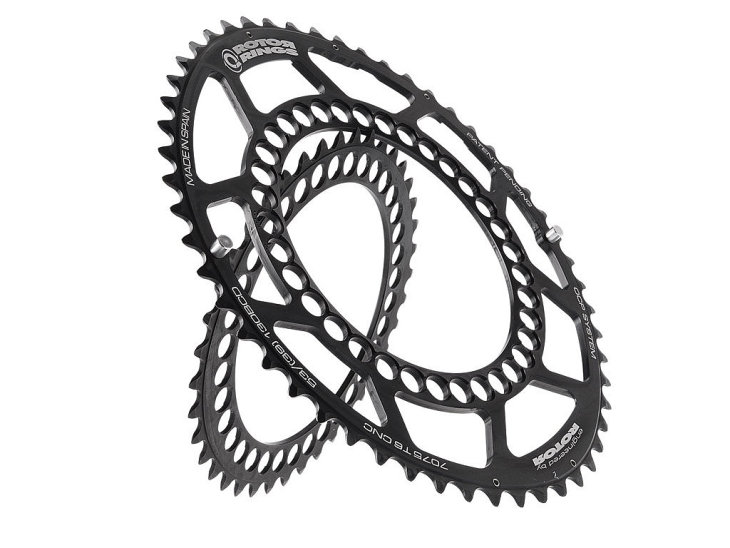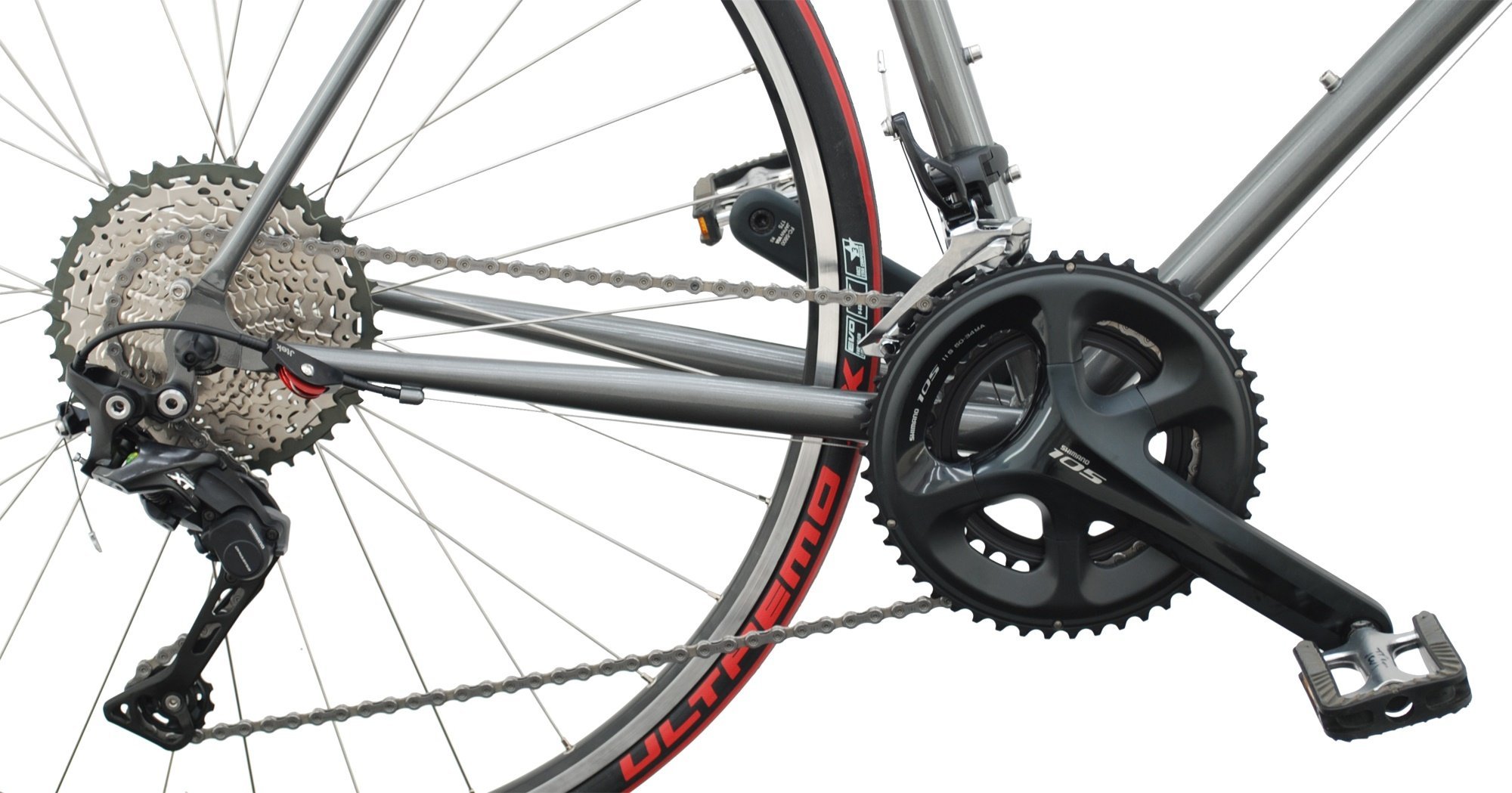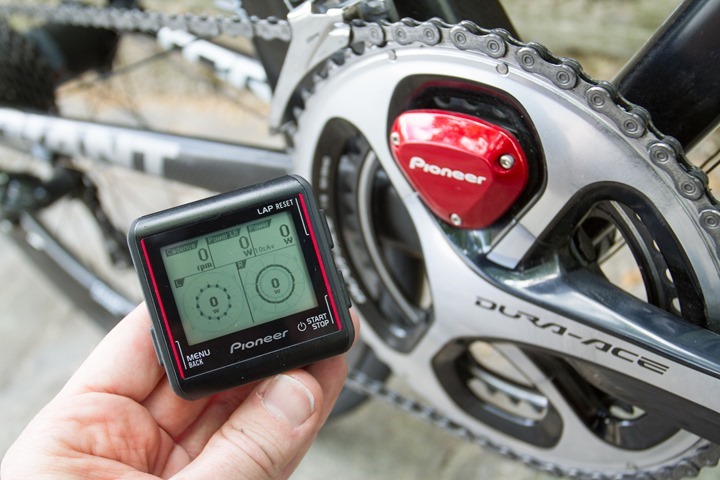Making improvements to your bike is a common practice for many cyclists. Those who are seriously pedaling are drawn by the “desire to upgrade”. But how do you invest your money in something valid and that gives the desired benefits?
In this article, you will see the best upgrades for the racing bike and what rules to follow in order not to spend money unnecessarily.
When it comes to racing bikes everyone thinks that the best upgrade is the one that lightens the overall weight. If on the one hand, it is true that “what weighs less is easier to bring up”, on the other we must not fall into the obsession with lightness.
An upgrade makes sense only when it brings clear benefits in terms of performance. So not only because it lowers the weight of a bike but also because it improves its efficiency and durability.
Often an underrated aspect is a comfort: the light components are also rigid and therefore they can tire the cyclist more, due to the greater transmission of vibrations. Fatigue results in a reduction in performance and therefore in a waste of money.
So, before buying a new component for your racing bike you must always ask yourself: what real advantage will this change bring?
Only a functional investment makes sense, otherwise, it is only a race for those with the lightest bike. Now let’s see in detail what are the most effective and useful upgrades that can be made on a racing bike.
To many, it will seem incredible but replacing cables and sheaths with high-quality alternatives is the upgrade with the highest cost/benefit ratio.
Using cables and sheaths of quality improves the performance of the gearbox, lengthens the intervals between adjustments, lasts longer, and improves the feeling on the bike, making the selection of reports more immediate.
The best solution is to buy a complete kit of cables and sheaths for gearboxes. The cables must be made of stainless steel while the sheaths must be covered by an inner layer of PTFE, which increases the smoothness.
1. Saddle Upgrade
The saddle is, together with pedals and handlebars, one of the five points of contact of the cyclist with the vehicle. Its importance is given by the fact that most of the weight of the cyclist is discharged right on this component.
It is therefore an upgrade aimed at improving comfort and reducing the possibility of developing back pain. That said, the best investment to improve your cycling experience is to buy a suitable saddle.
2. Wheels Upgrade

If your goal is to lighten the bike, the best way to do it is to replace the wheels. In fact, the wheels alone can lighten almost 40% of the entire weight of the bike.
On the market, there are many variations and proposals, both for those who want super-light wheels in carbon fiber or those who prefer rims with high and aerodynamic profiles.
The important thing is to always buy with criteria: fitting a set of rigid and light carbon fiber wheels to pedal on cobblestones or white roads, is not the best investment. Even for the wheels you always have to ask yourself the question: is that what I need?
3. Casings Upgrade
Tires are one of the few upgrades capable of satisfying all three variables listed above: weight, performance, and comfort.
In fact, as for the wheels, the tires are the components that most influence the weight of the bike. Moreover, installing sliding covers reduces rolling resistance and therefore uses less energy to push the bike, improving performance.
Finally, choose tires with a section of at least 25mm to increase comfort in the saddle. In fact, the wider tires, now with very low rolling resistance, are rimmed in the rim with the shoulders more inclined than the classic 19-21-23cm.
This means that the shoulders themselves are more flexible and tend to better absorb the roughness of the ground, as well as transmit impacts in a less vertical way, with the benefit of the cyclist’s hands.
4. Oval crowns Upgrade

If your goal is to go strong and for a long time, mounting oval crowns can be the solution. Leaving aside the sensational slogans of the manufacturers (which promise up to 10% more power), the oval crowns are still improving.
In fact, they make the gesture of pedaling uniform, making more efficient the phases where the thrust is minimal, i.e., the top dead center (with the pedal at the top) and the bottom dead center (with the pedal at the bottom).
Uniforming the pedaling means keeping a more regular gait, straining the muscles, pedaling at higher frequencies, or being able to push longer ratios. On the market, there are oval crowns of all types, ranging from 58 teeth (to be used in time trials) to 36 teeth of the smaller crowns intended for Cyclocross.
5. Transmission Upgrade

Here, in sixth place, is the component that everyone imagines as the first upgrade to be made. Actually moving from a medium-range to a top-of-the-range group does not bring all the benefits we usually think about.
The weight saving is not as high as in the case of wheels and the advantages are “limited” to an improvement in the performance of the gearshift, in the face of a considerable investment. In fact, the bicycle transmission groups have a strange proportion: less material is (therefore lighter) and more expensive.
Switching from a Shimano Ultegra group to the next Dura-Ace has a non-indifferent cost and this type of upgrade must be thoroughly evaluated.
Instead of completely substituting the transmission by going to the next group, it is worth considering whether it is not the case to improve what you already have. Maybe by mounting a cassette with a different groove, like an 11-32 or even an 11-36 to have shorter reports on the tears. Or mount the best pedals, which are lighter and more resistant.
6. Hubs with ceramic bearings Upgrade

Here is an upgrade borrowed from the world of professional racing that is popular among amateurs. Of ceramic bearings have already spoken, telling of how they are performing in terms of smoothness and durability.
Leaving aside the installation on the bottom bracket and the steering gear (where the advantages would be null), investing money to install ceramic bearings makes sense only in the hubs.
In fact, the number of revolutions reached by the wheels is the only one that can justify the investment and the presence of silicon nitride bearings.
This material offers a very high durability and increases the smoothness, reducing friction and therefore energy dispersions and heat accumulation. An investment certainly not for everyone but that can bring benefits in terms of performance.
7. Race fold Upgrade
Very often those who buy a racing bike take for granted the installed fold, with the only thought of moving soon from an aluminum version to a composite one . In reality the choice of the racing fold should be done mainly for ergonomics.
The hands-on handlebars are two of the five points of contact with the vehicle and an ergonomic handlebar is essential to improve the drive-ability of the bike and reduce the risk of technopathy in the hands and wrists. First of all, the fold must be wide when the shoulders are measured from the front.
Then the various curvatures have different angles and gradations, with corresponding driving feeling. This is why it is important, just like for the saddle, to find the right handlebar for us.
8. PowerMeter Upgrade

If you already train with heart rate monitor and bike computer, the power meter is the right tool to improve the quality of your workouts. The power meter is a power analysis system expressed by the cyclist on the pedals.
It is a hardware system installed on the bicycle, then connected to a display and software that can analyze data and show the power expressed at any time and record its progress during an exit, a particular training session or a race.
The expressed power is indicated with the unit of measurement of watts, which is equivalent to one Newton per meter per second (N * m / s). Basically, the power meter is able to analyze the work expressed at the muscle level by the cyclist, or the power expressed by his muscles and the type of pedaling.
The great advantage of the power meter lies in the fact that in addition to an immediate analysis of the watt products (useful especially when you are training to not be) you can evaluate the power expressed throughout the output, thus studying the training session or the own competition from a complete point of view.
In fact, it is possible to connect the software to the PC, downloading the complete analysis of the power expressed in an output, and then evaluating its progress.
The power meter thus becomes a tool able to analyze from a muscle performance point of view a training session but also a whole season or more periods of refinement in the saddle, allowing you to evaluate their strengths, errors and gaps to improve.
The cost is not ridiculous, but if you intend to participate in ultra-cycling races, it can become the right tool to calibrate your training and make it smart and functional.
Wrap Up
We have seen nine different upgrades possible on your racing bike, both to lighten the overall weight and to improve comfort or to increase performance.
My advice is to upgrade one at a time and see how it goes: not always in fact, what costs most has real value for us. In fact, the important thing is not to mount the most expensive, light and cool component on our bike but what it really does for us.
So it is good to mount a new product and try it for a long time and only be sure to upgrade to the next upgrade. In this way the investment in economic terms will be more mitigated but also the impact on driving.
The important thing is to always try the upgrades in training and “break them” with several kilometers before using them in competition. Mounting a new component and using it for the first time during a race can turn the event into hell (just think of an awkward saddle).
The important thing, we will never tire of saying, is that the bike must adapt to your needs and never the other way around.
